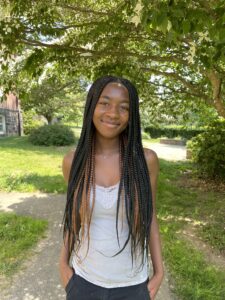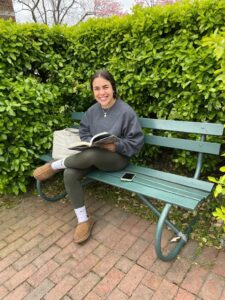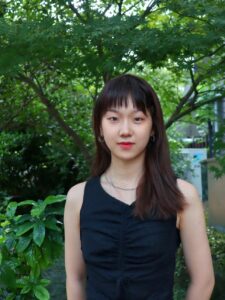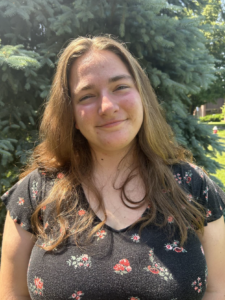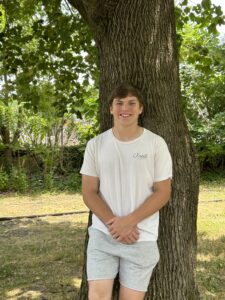A Click Away: Citizen Scholars
We asked Will Schwartz, the author of a popular little book called “The Definitive Guide [for now] for Playing Four Square At George School” to write a field guide that would describe George School citizen scholars. Will did what we asked him to…he wrote something that captured the spirit of a citizen scholar. But he told the tale with such whimsy that it seemed too fanciful to appear in the George School Compendium. However, since he wrote it with such verve and panache, we thought it was absolutely the right thing to appear in the Compendium Microsite. So here it is…we think you will enjoy it.
A Field Guide to Citizen Scholars
Although they look like garden-variety human beings, a rare sub-species of youthful individuals has been identified and observed in Newtown, Pennsylvania. These citizen scholars (cives scholastici), as they are formally known, share a number of distinguishing traits, which we will attempt to systematically identify and analyze in this documentation.
The community is also defined by its adherence to the motto, “Mind the Light,” a reminder to each citizen scholar of the inner light that resides within him- or herself, and in all others.
Because their actions are clearly motivated by scholarship and citizenship, this sub-species is commonly known for its characteristic behavior as “book-toting light-minders,” or simply “light-minders.”
It must be remembered that there are only about five hundred of these creatures; hence there have been no rigorously compiled accounts of their behavior, habits and habitat. Until now. It is that void we will attempt to fill with this, The Field Guide to the Citizen Scholar.
Characteristics of the Citizen Scholar
One of the first things you notice that gets you to wondering about these unique creatures is…they smile!
Not that there’s anything wrong with smiling, mind you! It’s just that with most people it seems to be the exception. With the light-minders, it’s more often the rule. Why should that be? What makes them so happy? A few hypotheses suggest themselves:
They like those around them.
Certainly this must be true. After all, at George School they’re among other like-minded light-minders, and you know what they say about “birds of a feather.”
But this hypothesis might be a bit deceiving, because these birds choose to “flock together,” and they can hardly be considered “of a feather.” It’s true that citizen scholars do share common values and purpose, but they come from many different backgrounds, many different places and cultures and bring many different life experiences with them to George School. Indeed, field observations suggest that it is the differences among them which light-minders find most appealing, rather than their similarities.
They like what they do.
Unencumbered by convention, citizen scholars lead lives of exploration, curiosity, learning, and adventure. Every day! And each in his or her own way.
Much of their daily lives seem to follow a loose plan, especially early in the day when they can be seen lugging books into and out of the brick buildings. (They’re not called “book-toting light-minders” for nothing!). A wondrous and colorful sight is the pile of backpacks often left outside the buildings, untended, like chicks in a nest. One supposes it’s a sign of the ease these citizen scholars have with one another. Trust and faith in each other would seem to be implicit, and another defining characteristic they share.
About half their waking hours are devoted to book-toting and related activities. But when that more ordered part of the day ends, these folk are no less active. They can be observed engaged in a limitless variety of pursuits, individually, in pairs, or in flocks small and large. These activities may be an extension of classroom studies, they may be for personal enrichment, social purposes or in the service of others. Regardless of the time of day, the citizen scholars approach whatever they do with insatiable curiosity, joy, and the desire to wring the most out of every waking minute. Their days are nourishing.
They like who they are…and, who others are.
Dedicated to learning, service, and peace, light-minders bear themselves with an enviable contentment, rarely seen in those so young.
This may be a function of the openness with which they approach every day of their lives, or a consequence of their devotion to the pursuit of truth. It could be the way citizen scholars tend to put themselves in a position for good things to happen—physically, intellectually, and spiritually. Or it could be a reflection of the humility, grace, and joy with which they approach the world and each other.
They behave as if they understand that who they are and what they do matters…that the world matters—and all its creatures, human or otherwise. And remarkably, they are able to communicate this engagement and humility in everything they do, often without uttering a word. Their lives speak.
Migration
One of the most curious behavioral traits of the light-minder is its unique migration pattern. Beginning late in the northern hemisphere summer, as if responding to an undetected signal, hundreds of individual citizen scholars can be observed preparing for a journey that brings them inexorably to Newtown, Pennsylvania. To the naked eye they are virtually indistinguishable from others in their immediate surroundings. So this annual migration can, in fact, be considered one of the species’ defining characteristics. What draws them here?
Another unusual aspect of their migration is that light-minders start this annual voyage from so many different corners of the world. It is true that many nest nearby, but so many others migrate from remote parts of the continent or even from foreign lands around the earth. What brings them together?
Clearly, this migration is purposeful. Regardless of whence they originate, citizen scholars prepare for their journeys in much the same way. They collect garments, communication devices, and trinkets so it’s clear they plan for an extended voyage. Incredibly, they all land in Newtown within hours of each other. How do they know to do this?
Once they alight in Newtown they assemble on a campus and sort themselves into separate shelters where they will nest for the better part of the next year. Early in this period, citizen scholars begin to accumulate quantities of books, for which they are known and affectionately named. These books clearly figure prominently in the light-minder culture, as they are central to so many activities and rituals.
Most days, citizen scholars collect in swarms or flocks for an hour or so at a time and then periodically redistribute themselves to create new swarms. One can’t help but note the cheerfulness and joy with which these daily gatherings occur. Often these smaller groupings occur in specialized structures, but these assemblies may also occur outdoors or in remote locations. For instance, groups can be seen engaged in athletic, social, or academic activities on other campuses, or in nearby rural and urban destinations.
One should not presume the light-minders always travel in groups, however. Many individuals spend extended periods of time in foreign lands, and all of them leave campus regularly to engage in activities for the benefit of their immediate and surrounding communities. Late in the spring, the citizen scholars generally return to their individual points of origin. Inevitably, though, the migration cycle begins anew in the late summer when individuals of this rare species again collect on the Newtown campus.
Social Behavior
The annual light-minder life cycle is dotted with social rites and rituals unique to the species and its habitat.
One of the first is the Harvest Weekend. This event occurs reliably when the leaves are turning and the light-minders are preparing for the winter. It’s a stirring event. Literally! The occasion is marked by the enthusiastic cooking of apples over large open fires by large, happy groups of individuals. The two main activities seem to be stirring and singing, but there is also lots of story-telling, joking and laughter as flocks of light-minders sit perhed on tree trunks surrounding the fires, awaiting their turn. The apple sauce produced over the weekend is then served in the dining hall when the normal weekly routine is again observed allowing ligh-minders to savor both the memories and the fruits of their weekend’s labors.
At George School, however, social behavior is not limited to social events.
Social responsibility is one of the defining behaviors of the light-minders. Every single one of them works on or off campus in service of others. Some might volunteer at local nursing homes, shelters or soup kitchens. Others may tutor inner-city children, build houses with Habitat for Humanity or even travel abroad to do an international service project. The school identifies many of these opportunities but citizens scholars also routinely engage their characteristic industry and imagination to create service activities that are personally meaningful to them. There are no boundaries. The options are limitless, the rewards are enduring.
This commitment to service is an obligation light-minders happily embrace. It’s how they reveal their true character, how they distinguish themselves. Citizen scholars recognize that their lives are not their own, that a meaningful life is one lived with and for others.
By Minding the Light, they become the Light.

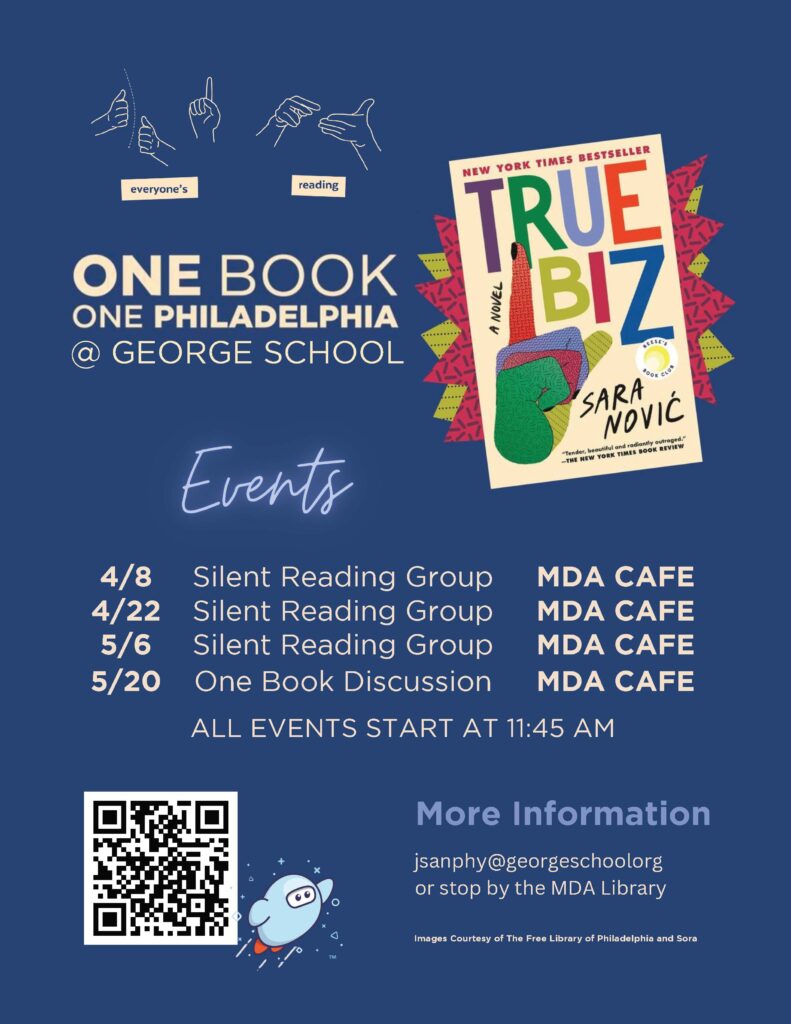
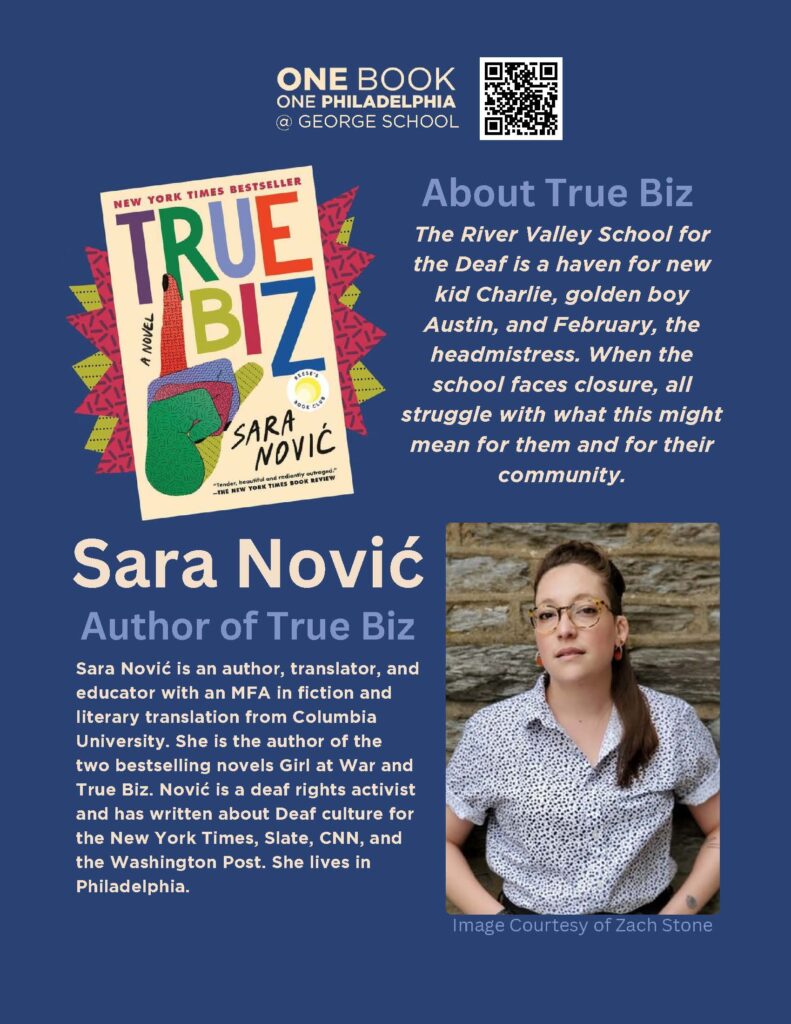

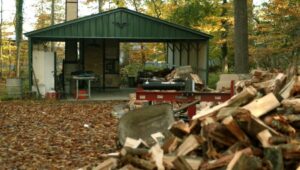

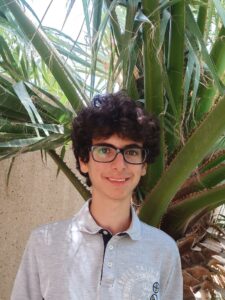 Monastir, Tunisia, and Amman, Jordan
Monastir, Tunisia, and Amman, Jordan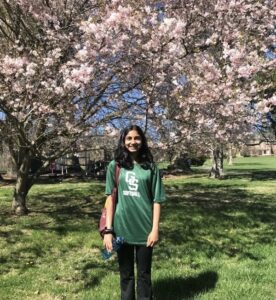 Irvine, CA
Irvine, CA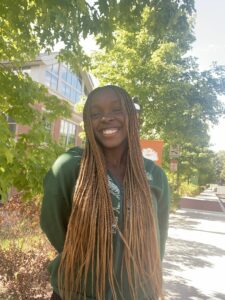 Feasterville-Trevose, PA
Feasterville-Trevose, PA New Hope, PA (Previously NYC)
New Hope, PA (Previously NYC)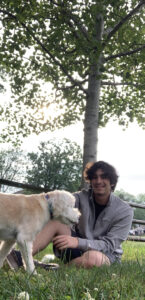 Richboro, PA
Richboro, PA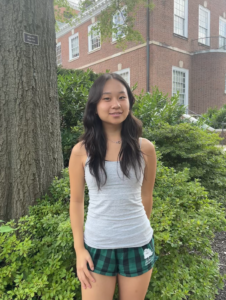 Englewood, NJ
Englewood, NJ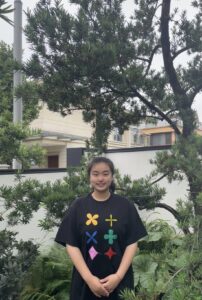 Ningbo, Zhejiang, China
Ningbo, Zhejiang, China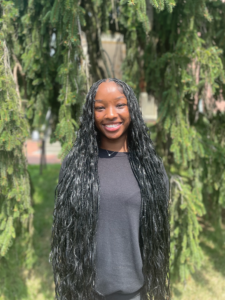 Willingboro, NJ
Willingboro, NJ Yardley, PA
Yardley, PA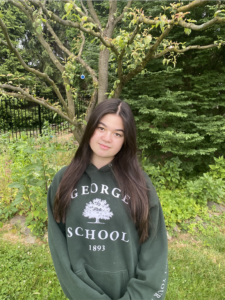 Newtown, PA
Newtown, PA Holicong, PA
Holicong, PA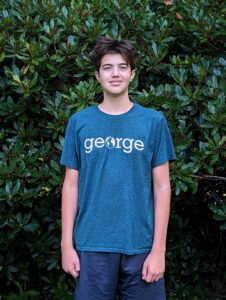 Newtown, PA
Newtown, PA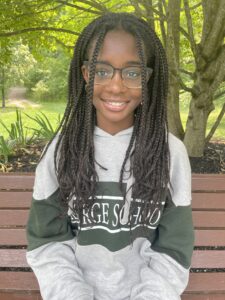 Hamilton, NJ
Hamilton, NJ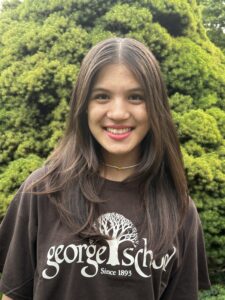 Yardley, PA
Yardley, PA Lambertville, NJ
Lambertville, NJ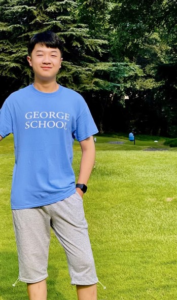 Chongqing, China
Chongqing, China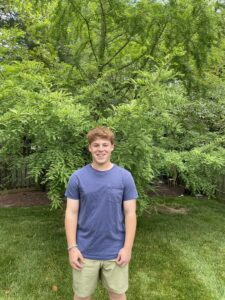 Pennington, NJ
Pennington, NJ Yardley, PA
Yardley, PA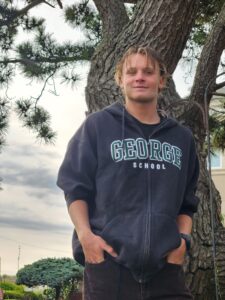 Bensalem, PA
Bensalem, PA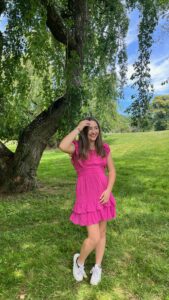 Borgota, Colombia
Borgota, Colombia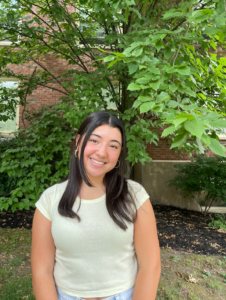 Newtown, PA
Newtown, PA Burlington, NJ
Burlington, NJ Langhorne, PA
Langhorne, PA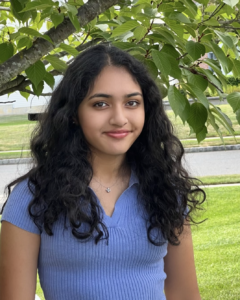 Princeton, NJ
Princeton, NJ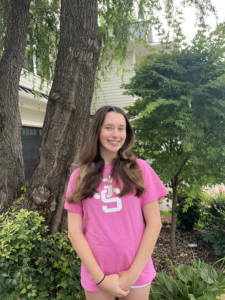 Langhorne, PA
Langhorne, PA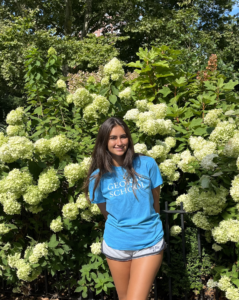 New York City, NY
New York City, NY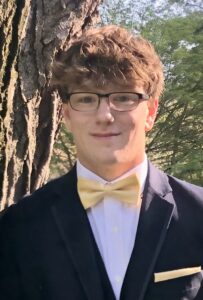 New Hope, PA
New Hope, PA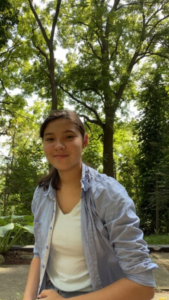 St. Catharines, Ontario, Canada
St. Catharines, Ontario, Canada Providenciales, Turks and Caicos Islands
Providenciales, Turks and Caicos Islands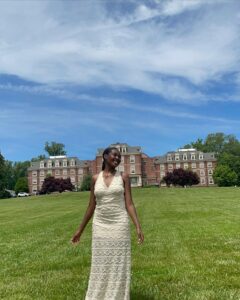 Willingboro, NJ
Willingboro, NJ Princeton, NJ
Princeton, NJ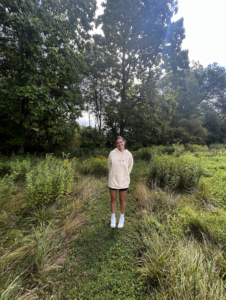
 Newark, NJ
Newark, NJ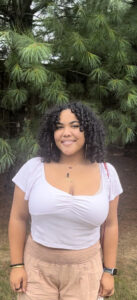 Trenton, NJ
Trenton, NJ Newtown, PA
Newtown, PA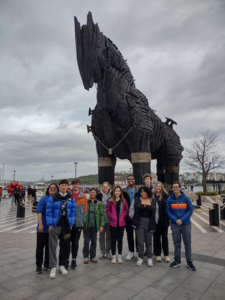
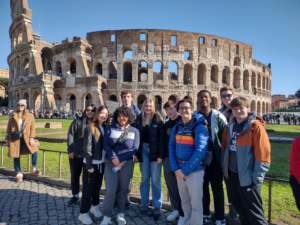
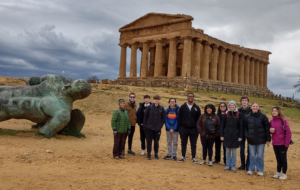
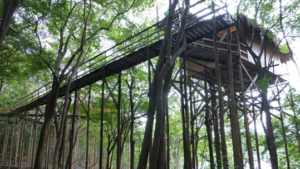

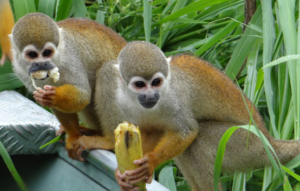

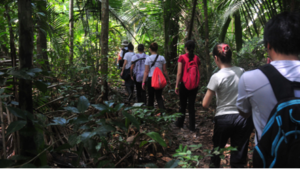
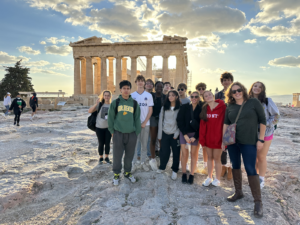
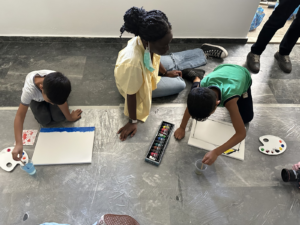
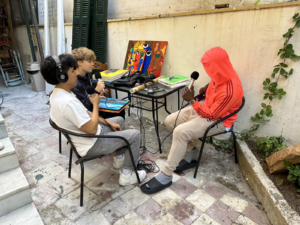
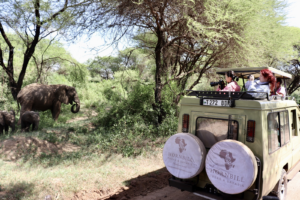
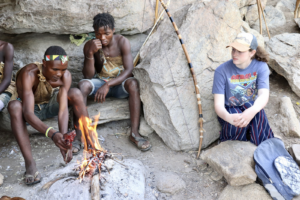
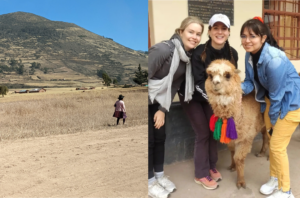
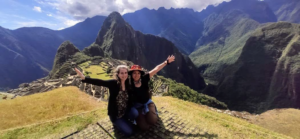
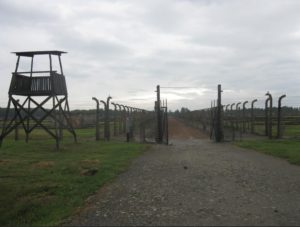
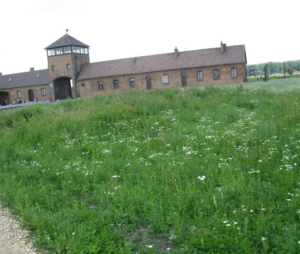
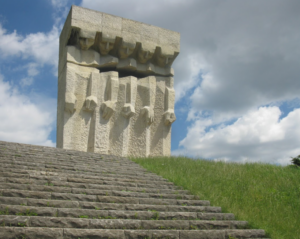
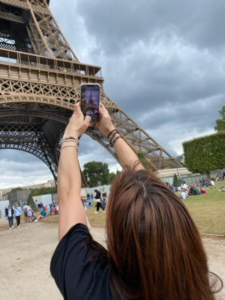
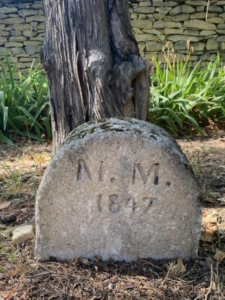
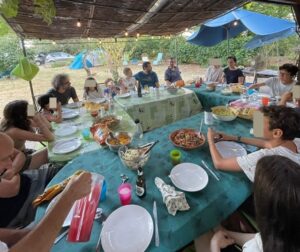
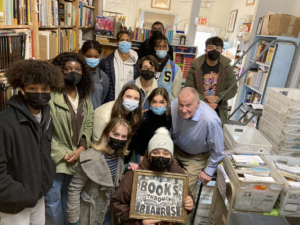
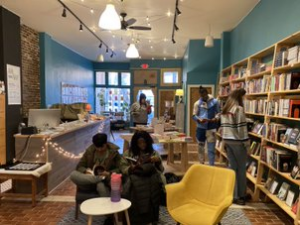
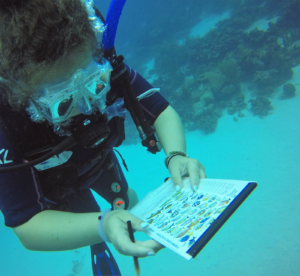
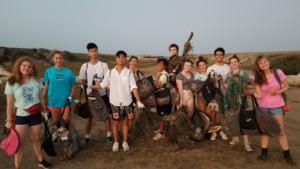
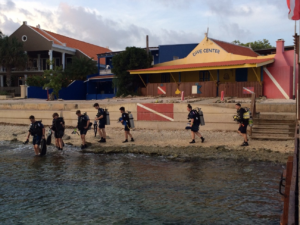
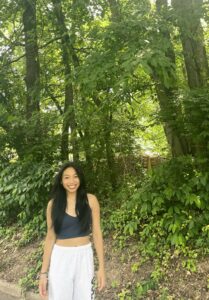 Lawrence, NJ
Lawrence, NJ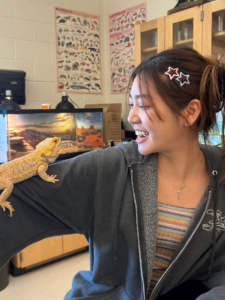 Seoul, South Korea
Seoul, South Korea
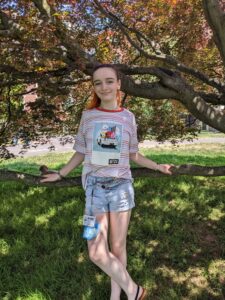 Milwaukee, Wisconsin
Milwaukee, Wisconsin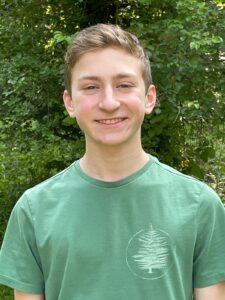 Pennington, NJ
Pennington, NJ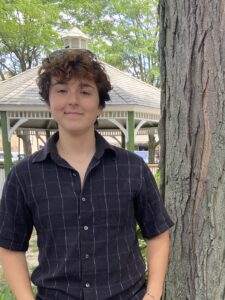 Jenkintown, PA
Jenkintown, PA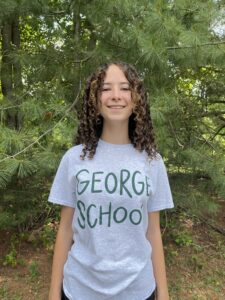 Ottsville, PA
Ottsville, PA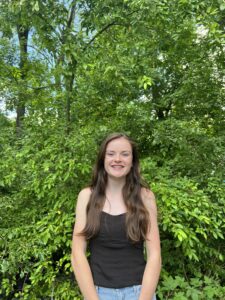 Yardley, PA
Yardley, PA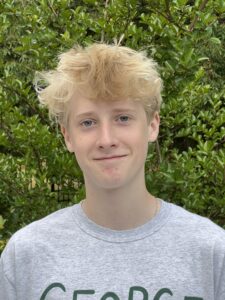 Providenciales, Turks and Caicos Islands
Providenciales, Turks and Caicos Islands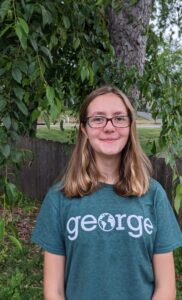 Hopewell, NJ
Hopewell, NJ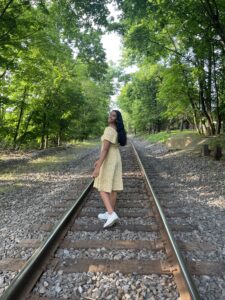
 Pottstown, PA
Pottstown, PA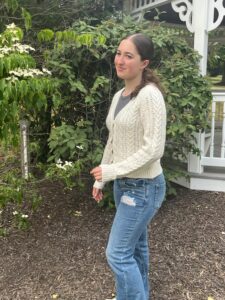 Playa del Carmen, Quintana Roo, México
Playa del Carmen, Quintana Roo, México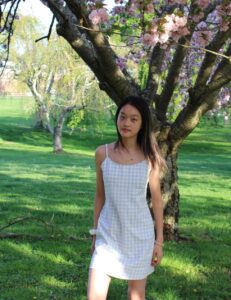 Shanghai, China
Shanghai, China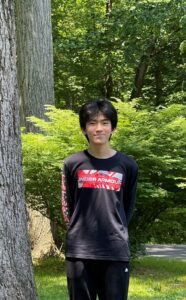 Beijing, China
Beijing, China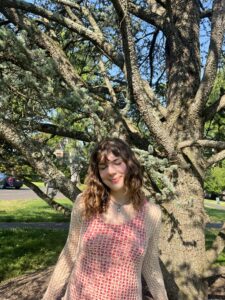 Yardley, PA
Yardley, PA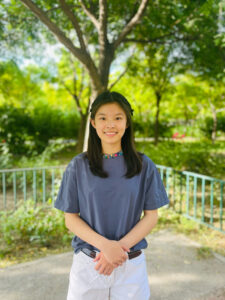 Beijing, China
Beijing, China Holland, PA
Holland, PA Langhorne, PA
Langhorne, PA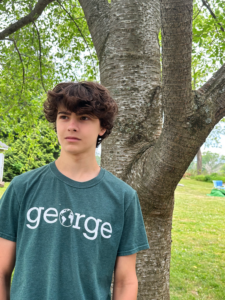 Ringoes, NJ
Ringoes, NJ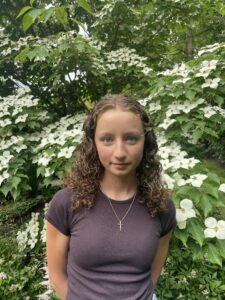 New Hope, PA
New Hope, PA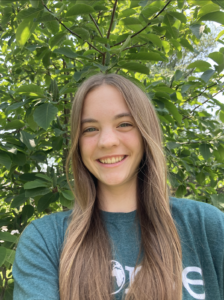 Dreshner, PA
Dreshner, PA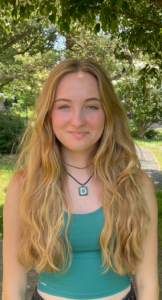 Yardley, PA
Yardley, PA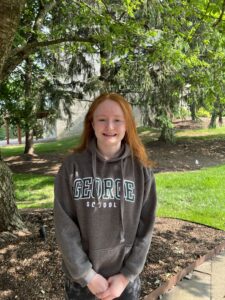 Yardley, PA
Yardley, PA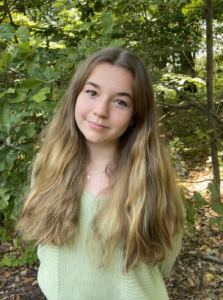 PA
PA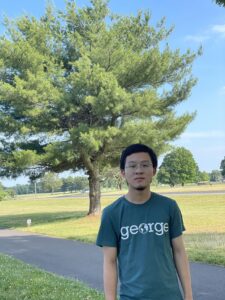


 Xi’an, China
Xi’an, China